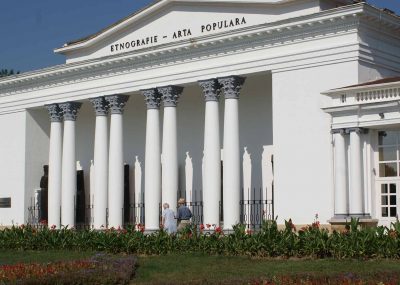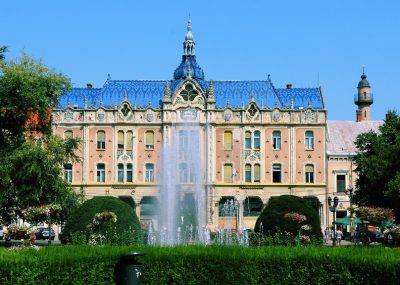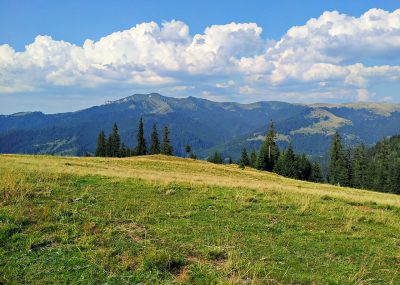The region is located in the northwestern part of Romania and has a population characterized by diversity. Maramureș is the “roof” of several national ethnicities, including Ukrainians, Germans, Hungarians, and Romani. They live in harmony with Romanians.
The neighboring areas are: to the north – Ukraine, to the east – Suceava, to the west – Satu Mare, and to the south, it is bordered by the counties of Cluj, Sălaj, and Bistrița-Năsăud.
Nearly half of the region’s area is covered by mountains, followed by hills and plateaus, while to a lesser extent, Maramureș also has meadows and depressions. Thus, a significant portion of the territory is occupied by the Rodnei, Gutâi, and Țibleș mountains. The highest peak is Pietrosu, which stands at an elevation of 2,303 meters. Forests are one of the most valuable treasures of this area.
Baia Mare is the capital of Maramureș County and is a city with numerous tourist attractions spread across its area. Among these are: Ştefan’s Tower, the Butchers’ Tower, the Iancu de Hunedoara House, the Mineralogy Museum, and the Art Museum.

Satu Mare is a city with an undeniable historical richness, complemented by an impressive number of cultural buildings—museums, memorial houses, monuments, statues, and places of worship. In the area, traditions and folk art are preserved with great care, representing one of the most distinctive and valued aspects of the region.

Sighetu Marmației is a city where history is omnipresent through its museums and landmarks, which are an important part of the national culture. Among these are: the Museum of the Victims of Communism and of the Resistance, the Maramureș Village Museum, the Astra Cultural Palace, and the Monument of the Romanian Soldier.

Borșa is a resort known for its unique natural beauty and alpine tourism potential. In the Borșa area, you can find the Rodna Mountains National Park, Lake Iezer, Horses’ Waterfall, Măcârlău Waterfall, and the Ineu-Lala Nature Reserve.

The Merry Cemetery in Săpânța: As its name suggests, this is a unique cemetery where death is satirized rather than viewed with horror and drama. Here, you will find colorful graves with crosses featuring whimsical depictions of the deceased, accompanied by various aspects of their lives—portrayed through humorous rhymes.
Bârsana Monastery: Standing at 57 meters, this is one of the tallest wooden churches in Romania.
The Memorial of the Victims of Communism and of the Resistance in Sighetu Marmației: This is the place where you can directly confront one of the tragic chapters of history. It is the first museum dedicated to the victims of communism and includes the political prison where notable figures of Romanian culture and politics were suppressed.
Horses’ Waterfall near Borșa: This waterfall is a true oasis of relaxation. From the Borșa resort, you can reach the waterfall via a mountain trail of approximately an hour and a half, or opt for the chairlift. The second option simplifies the route, as you will still need to walk for about half an hour to reach your destination.
The Mocănița Ride on the Vaser Valley: This involves traversing a 21 km route (approximately 5 hours, round trip). If you visit the area, this activity is a must-do. The picturesque landscapes and fresh air will provide a unique experience.